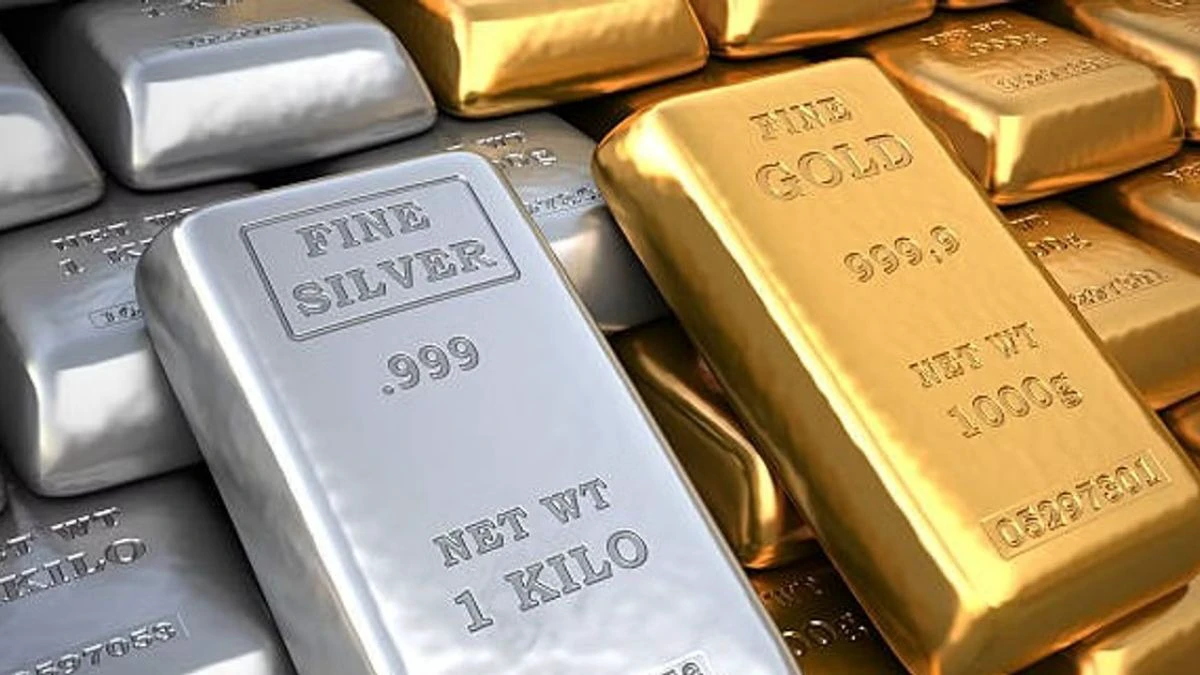Citigroup analysts have predicted a notable rise in silver prices, projecting a surge of 13% in 2025. This forecast is attributed to a tightening in silver supply and strong investment demand.
“We expect silver availability to tighten on consecutive years of deficit, sticky stockholders requiring higher prices to sell, and robust investment demand,” Citi analysts noted. The global silver market, valued at $30 billion, is anticipated to see demand outstripping supply for the fifth consecutive year, with demand projected at 1.20 billion ounces against a supply of 1.05 billion ounces.
The shift in the gold-silver ratio is also seen as a catalyst for silver’s price increase. From a high of nearly 100 in January, the ratio has dropped to 85, indicating potential for further gains as the long-term average stands at 70. Silver’s current trading price is around $38, having increased by over 3% in the past month and 24% over the past year. Citigroup has raised its short-term silver price forecast to $40 per ounce, with long-term projections reaching $43 per ounce in the next six to twelve months.
Conversely, Citigroup’s outlook on gold is less optimistic, expecting prices to drop by 25% by 2026. Despite a more than 27% rise this year due to strong central bank purchases and exchange-traded fund inflows, gold is forecasted to decline below $3,000 in upcoming quarters. Citigroup analysts, led by Max Layton, anticipate gold will consolidate above $3,000 in the next quarter before falling into the $2,500-$2,700 range by the latter half of 2026.
Silver’s role as a crucial industrial commodity and monetary asset has been expanding, particularly in sectors like solar power, electronics, and electrification, which now account for over half of global demand. This “not just a catch-up trade to gold,” as Citi analysts describe, underscores the solid fundamentals supporting silver’s growth. Additionally, the increasing adoption of green technologies and the push for renewable energy sources are expected to further bolster silver’s industrial demand, enhancing its appeal to investors.
In the context of industry competition, silver’s forecasted rise poses a significant challenge to gold’s traditional dominance as a safe haven asset. The broader implications for investors and markets could be substantial, reshaping investment strategies and portfolio allocations in precious metals. Analysts and investors will be watching closely to see if these projections hold true in the dynamic global market environment. The evolving landscape of precious metals trading could lead to a re-evaluation of long-held assumptions about the relative value and stability of gold and silver.
The anticipated shifts in these markets highlight the importance of staying informed and adaptable in investment strategies. As silver continues to gain traction due to its industrial applications and potential as a monetary asset, investors may need to reassess their portfolios to capitalize on these emerging trends. Meanwhile, the projected decline in gold prices suggests a need for caution and strategic planning to mitigate potential risks associated with this traditional safe haven asset.
